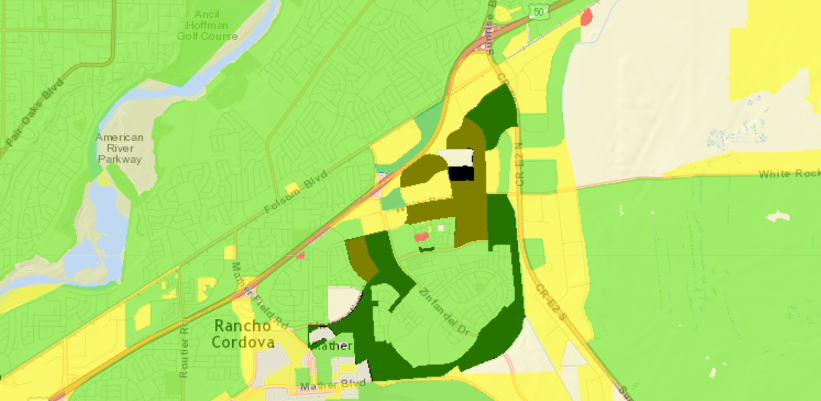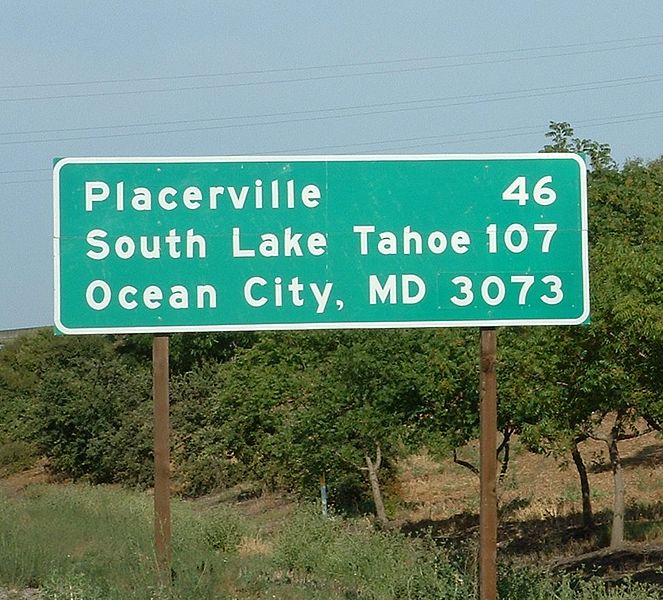Anyone who lives or works along the Highway 50 corridor in Northern California can attest to the fact that it’s no longer “The Loneliest Road in America”, as it was once described.
In fact, with a large concentration of homes and businesses on either side of Highway 50, the corridor can be every bit as congested as some of the more notorious California traffic hot spots.
The highway stretches 3073 miles from Ocean City, Maryland to Sacramento, California, where it ends in a frequently nightmarish merge with eastbound Interstate 80.
The area around Highway 50 is also a major fiber optic cable route, which explains why there’s a cluster of data centers just south of the highway in Rancho Cordova.
The following screen capture from a 12/31/15 State of California broadband map shows a concentration of Level 3 Communications LLC “fiber to the end user” in the Rancho Cordova data center and office park area.

Highway 50 Traffic Flow
Time, as they say, is money. Slow commutes and slow movement of goods have a direct negative impact on the Sacramento area economy and beyond.
That’s in part why an organization called 50 Corridor Transport Management Association (TMA) exists.
The 50 Corridor TMA is a public private partnership with the stated goal of “improving the quality of life through effective transportation planning”.
Board members of 50 Corridor TMA are comprised of local business leaders as well as state and municipal government officials. Represented businesses range from Kaiser Permanente to Intel to the local firm Dokken Engineering.
Since the population of California has not been decreasing and since Highway 50 is not going to be widened any time soon, alternative approaches such as bike friendliness are being promoted. Mobile transit apps can make for more efficient use of existing infrastructure.
The Contribution of Broadband
With VoIP phone systems and applications such as Zoom and Google Meet, telecommuting is a partial congestion solution that is becoming an ever more seamless and personalized experience.
Given the right level of residential bandwidth, a VoIP phone can be plugged into a home office network and have the exact same access and features that it has while plugged in at the office. Incoming calls to a business VoIP phone extension can also be routed to a mobile app, allowing for someone to answer a call while stuck in traffic.
There have been ongoing efforts by organizations such as the Sierra Economic Development Corporation (SEDCorp) to provide better access to broadband along the eastern section of the corridor. Better broadband access means that more people can telecommute.
There’s no single solution to Highway 50 congestion. It will take a combination of technological and traditional approaches to mitigate congestion. The highway will continue to be a major component of Sacramento area commerce for decades to come.


